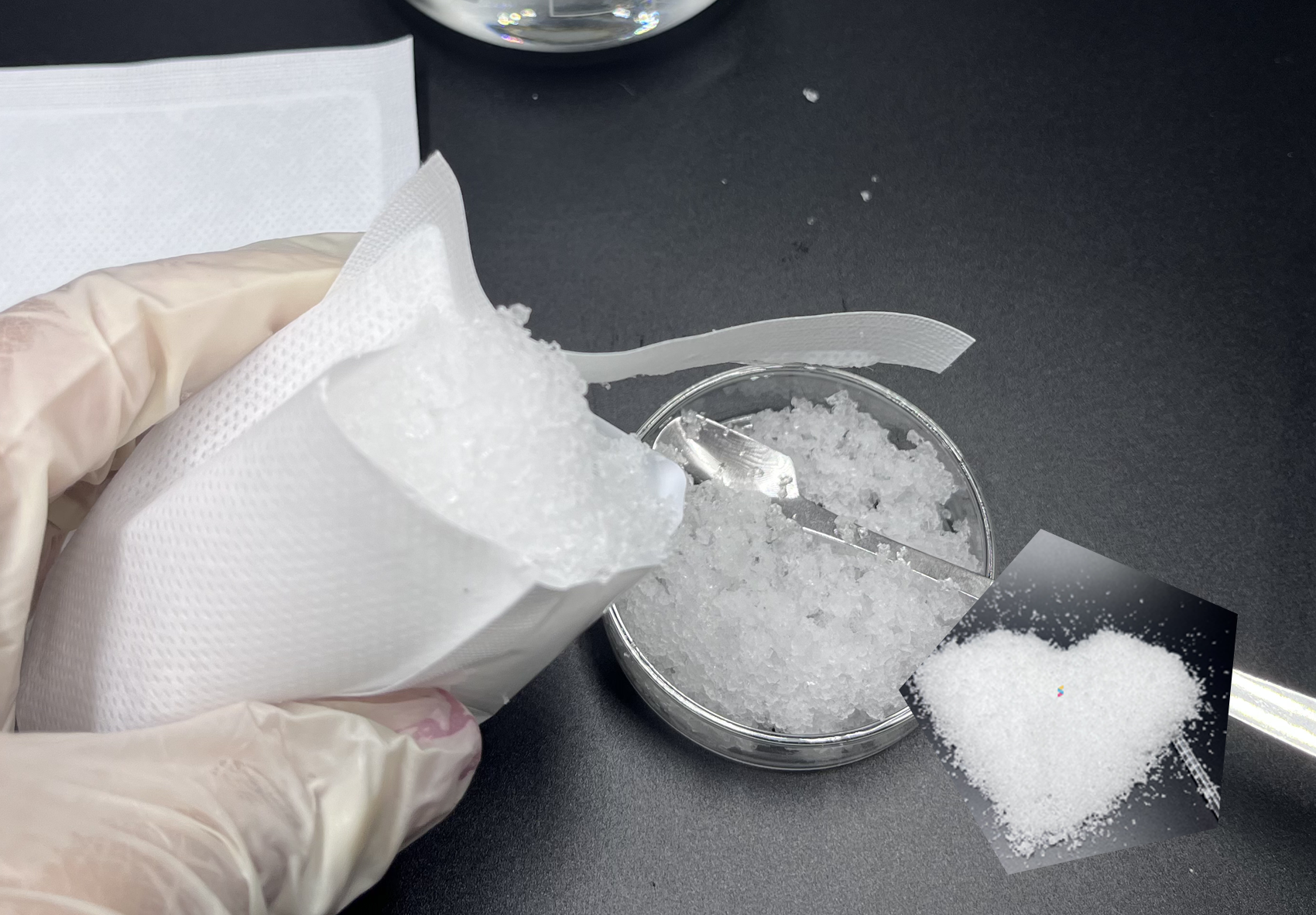Ice packs have become indispensable tools for everything from injury treatment to perishable goods shipment. Whether you’re icing a sprained ankle, keeping medications cool, or packing a lunchbox, understanding what’s inside these cold packs can help you use them safely and effectively. In this comprehensive guide, we’ll explore the materials that make up reusable gel packs and instant cold packs, examine their toxicity, and offer best practices for handling and disposal.
1. What Is Inside an Ice Pack?
At their core, most ice packs are simple containers filled with substances engineered to stay cold longer than plain ice. There are two main categories:
-
Reusable Gel Packs
-
Instant (Single-Use) Cold Packs

1.1 Reusable Gel Packs
Reusable gel packs—often called gel ice packs—cold pack ice packs are plastic pouches filled with a semi-solid gel. They rely on the latent heat of fusion, absorbing large amounts of heat as they transition from solid (or near-solid) to liquid, thus maintaining a low temperature against your skin or inside a cooler .
Common Components of Reusable Gel Packs
-
Vesi: The primary cooling agent, thanks to its high latent heat of fusion.
-
Gelling Agents: Polymers that thicken the water, preventing it from fully solidifying and keeping the pack pliable below 0 °C. Examples include:
-
Hydroxyethyl Cellulose: A water-soluble thickener also used in cosmetics and lubricants .
-
Natriumpolyakrylaatti: A super-absorbent polymer used in diapers and medical dressings to retain large amounts of water .
-
Silikageeli: Often added in bead form for moisture control, sometimes blended into the gel .
-
-
Freezing-Point Depressants: Chemicals that lower the freezing temperature so the pack remains flexible when frozen. Commonly:
-
Propylene Glycol: A food-grade antifreeze agent found in many ice packs to keep them pliable below 0 °C .
-
(Huom: Ethylene glycol or diethylene glycol were once used but have largely been phased out due to toxicity concerns.)
-
-
Preservatives: To inhibit microbial growth during storage.
-
Dyes: Non-toxic colorants (often blue) for aesthetic or branding purposes .
1.2 Instant (Single-Use) Cold Packs
Instant cold packs cool down through an endothermic chemical reaction, which absorbs heat from the surroundings when two internal components mix. They consist of:
-
Outer Plastic Bag: Durable pouch that you squeeze to rupture the inner bag.
-
Inner Water Bag: A small pouch of water or aqueous solution.
-
Chemical Salt Packet: Contains salts such as:
-
Ammonium Nitrate
-
Calcium Ammonium Nitrate
-
Urea
When mixed, these salts dissolve endothermically, drawing heat from the pack’s surroundings and rapidly lowering its temperature .
-
2. What Are Cold Packs Made Of?
“Cold pack” is often used interchangeably with “ice pack,” but strictly speaking, kylmäpakkaukset refer to instant packs that activate on demand without pre-freezing.
-
Water + Ammonium Nitrate (or Urea): The classic formula for instant cold packs, favored for its rapid temperature drop upon activation .
-
Calcium Ammonium Nitrate: A fertilizer derivative used similarly for a sharp cooling effect.
-
Plastic Packaging: Designed to withstand the slight expansion of ice formation and resist punctures.
Key Characteristics
-
Provide immediate cold without a freezer.
-
Only one-time use: once activated, they cannot be refrozen.
-
Temperature drop is less sustained compared to reusable gel packs but sufficient for first-aid applications.
3. What Are Gel Packs Made Of?
“Gel packs” typically refers to reusable gel packs, filling a middle ground between plain ice cubes and instant packs.
-
Vesi: ~80–90% by weight.
-
Super-Absorbent Polymers: Sodium polyacrylate or chemically modified cellulose to trap water in a gel matrix .
-
Thickeners: Hydroxyethyl cellulose or related cellulose derivatives to boost viscosity.
-
Propylene Glycol: To depress the freezing point so that the gel remains semifrozen and flexible below 0 °C .
-
Silica Gel Beads: Sometimes added to enhance thermal mass or prevent microbial growth.
-
Preservatives & Dyes: As mentioned above, for stability and appearance .
4. Are Gel Packs Toxic?
4.1 Modern Reusable Geelipakkaukset
Most modern reusable gel packs are formulated to be non-toxic if accidentally ingested in small amounts. The typical ingredients—water, propylene glycol, cellulose thickeners, and sodium polyacrylate—are generally recognized as safe for use in food packaging, cosmetics, and medical products . Ingestion may cause mild gastrointestinal discomfort (nausea or diarrhea), but serious toxicity is rare.
4.2 Historical Concerns
In the past, some manufacturers used ethylene glycol or diethylene glycol—both toxic antifreeze agents—to achieve better flexibility when frozen. These formulations led to recalls once health hazards became evident, as diethylene glycol can cause kidney failure and central nervous system depression if ingested in sufficient quantities .
4.3 Instant Cold Pack Chemicals
While instant packs use salts like ammonium nitrate or urea, these chemicals can be irritating if they contact skin or mucous membranes. Ingesting large quantities can lead to vomiting, abdominal pain, or electrolyte imbalance, so these packs are labeled “For external use only.” If punctured, avoid contact and rinse exposed skin with water .
5. Is the Gel Inside an Ice Pack Toxic?
To address the burning question:
Is the gel inside an ice pack toxic?
-
Reusable Gel Packs:
-
Generally Non-Toxic.
-
Small accidental ingestion usually results in minor stomach upset at worst.
-
Most packs carry non-toxic labels and provide an ingredient list on the package or an accompanying Safety Data Sheet (SDS).
-
-
Instant Cold Packs:
-
Potentially Irritating.
-
Chemicals like ammonium nitrate can irritate skin or eyes and cause digestive distress if swallowed.
-
Always follow manufacturer instructions and seek medical advice if exposure is significant.
-
6. Safety Tips and Best Practices
-
Inspect Before Use
Check for punctures, swelling, or leaks. Discard any compromised pack. -
Avoid Direct Skin Contact
Wrap the ice pack in a cloth or towel to prevent “ice burn” or irritation, especially with instant packs. -
Keep Out of Reach
Store packs away from children and pets. Ingestion—even of non-toxic gels—can lead to choking or gastrointestinal upset . -
Follow Usage Guidelines
-
Reusable Packs: Freeze flat for best performance; do not microwave unless labeled “hot/cold.”
-
Instant Packs: Activate by squeezing the internal pouch; shake to mix contents fully.
-
-
Asianmukainen hävittäminen
-
Reusable Packs: When worn out, check local recycling programs; otherwise, dispose of in regular trash.
-
Instant Packs: Once used, these are single-use; seal in a bag and discard.
-
-
Consult the SDS
For any concerns, review the product’s Safety Data Sheet, which details chemical properties, hazards, and first-aid measures Pelton Shepherd.
Päätelmä
Ice packs—whether reusable gel packs or instant cold packs—are versatile cooling solutions with varied compositions. Modern gel packs employ non-toxic polymers and food-grade antifreeze agents to deliver safe, flexible cold therapy. Instant packs harness endothermic reactions for on-demand cooling, though their chemicals warrant cautious handling. By understanding the ingredients and following best practices, you can harness the power of ice packs safely for first aid, shipping, or simple relief from the heat.
-
Ice pack. Wikipedia. 维基百科
-
McGill Office for Science and Society. “What are ice packs made of?” McGill University
-
Pelton Shepherd Industries. “What is the Gel in Ice Packs?” Pelton Shepherd
-
Dispotech. “What’s inside ice packs?” dispotech.com

